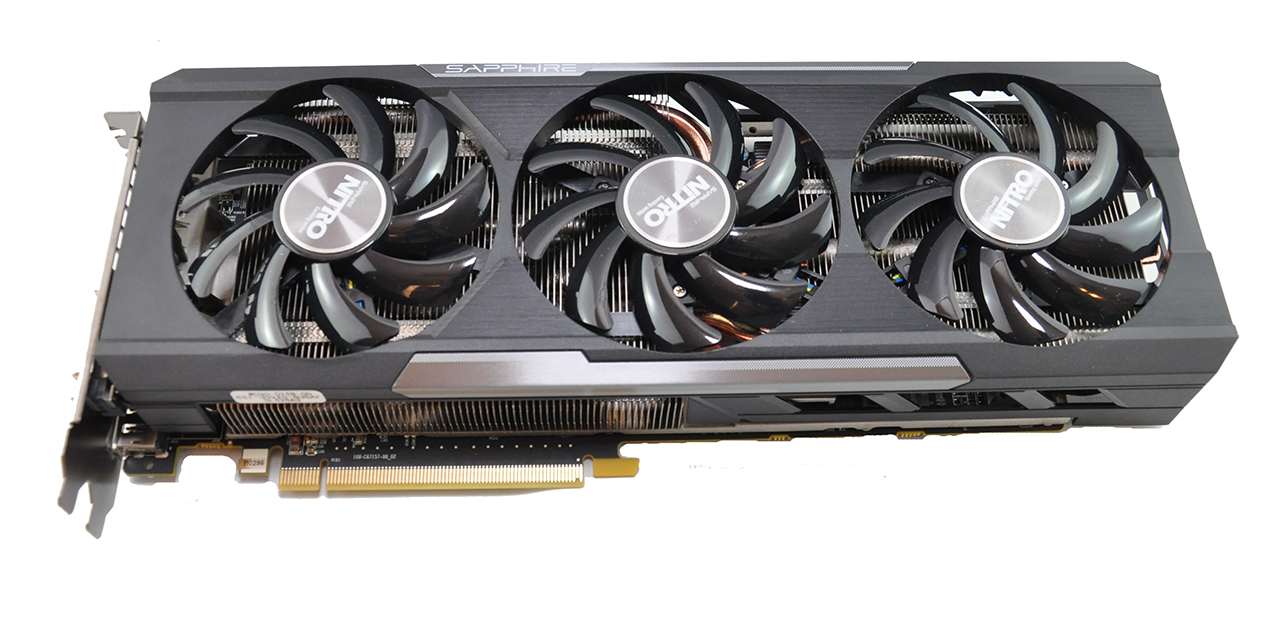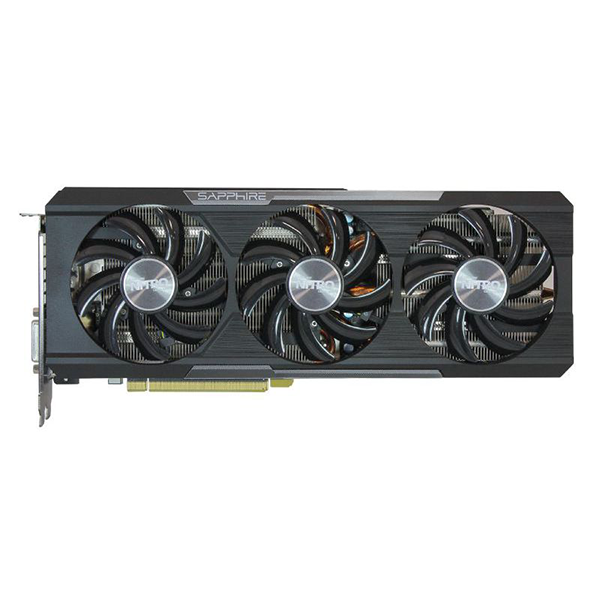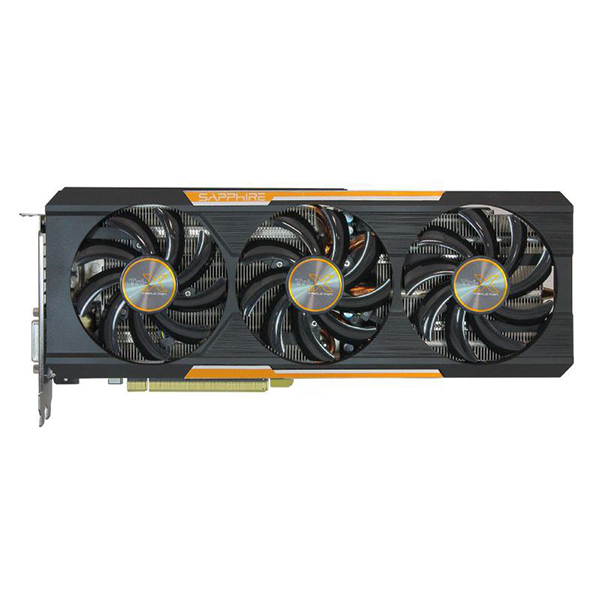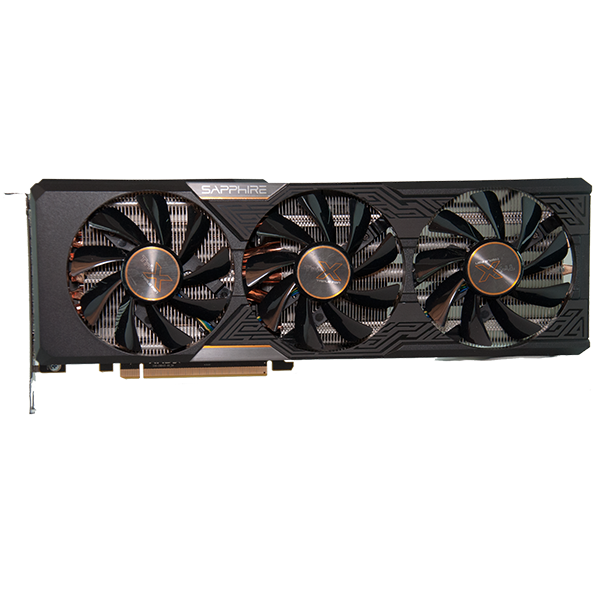Early Verdict
Sapphire’s Radeon R9 390 Nitro offers a tremendous value for the money. It operates very quietly and has performance that outpaces the competition. The Tri-X cooler keeps the GPU at a reasonable temperature and having 8GB of memory means you’ll have room for the high resolution textures sure to be found in future games.
Pros
- +
Sapphire Radeon R9 390
Cons
- -
Power Consumption – Very Large
Why you can trust Tom's Hardware
Introduction
Back in June, we tested most of AMD’s 300-series cards. We were sent samples of the R9 390X, R9 380 and R7 370, but we didn’t have an R9 390. Sapphire helped fill that gap for us by sending its Nitro R9 390 8G D5, an overclocked Radeon R9 390.
Much like the rest of AMD’s Radeon 300 series, the R9 390 isn’t based on a new GPU. It is a refresh of the R9 290 with some purported manufacturing refinements and configuration changes. The processor formerly known as Hawaii is built on the previous generation's 28nm node, featuring 2560 shaders running at 1010MHz (in this overclocked trim), along with 64 ROP and 160 texture units.
AMD sticks with an aggregate 512-bit memory bus, though the capacity of this card is double most other R9 290 variants. Sporting 8GB of GDDR5, the R9 390 is the most affordable option to offer that much memory. Of course, it's only worth chasing a card with 8GB if the board is fast enough to drive the high resolutions and detail settings capable of pushing beyond the bounds of 4GB.
The Radeon R9 390 is based on AMD’s GCN architecture, which is shared by all of the company’s current graphics products. It supports the same features as the other Hawaii-based cards, such as DirectX 12 in Windows 10 and TrueAudio to accelerate optimized games. The R9 390 supports AMD FreeSync and resolutions up to Ultra HD. These cards also support AMD’s LiquidVR, which enables features like asynchronous shaders and direct-to-display VR HMD support.
MORE: Best Graphics Cards For The MoneyMORE: All Graphics Articles
MORE: Graphics Cards in the Forum
Get Tom's Hardware's best news and in-depth reviews, straight to your inbox.
Kevin Carbotte is a contributing writer for Tom's Hardware who primarily covers VR and AR hardware. He has been writing for us for more than four years.



